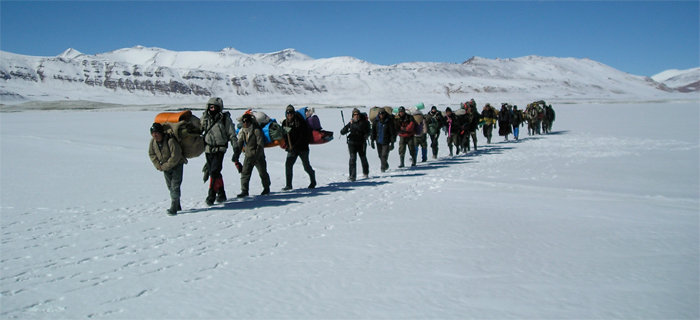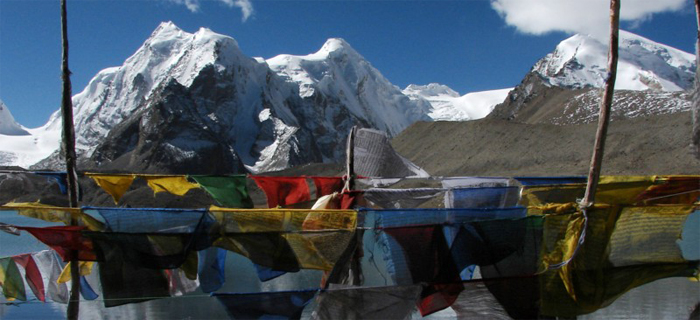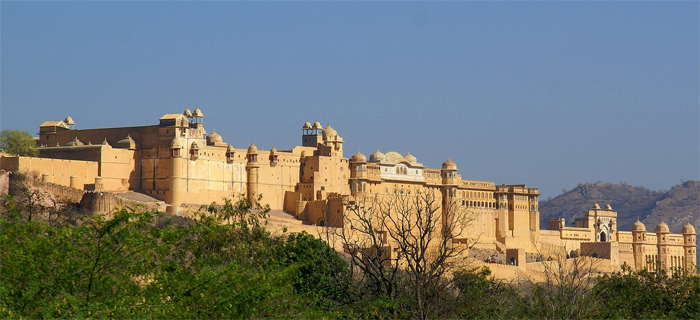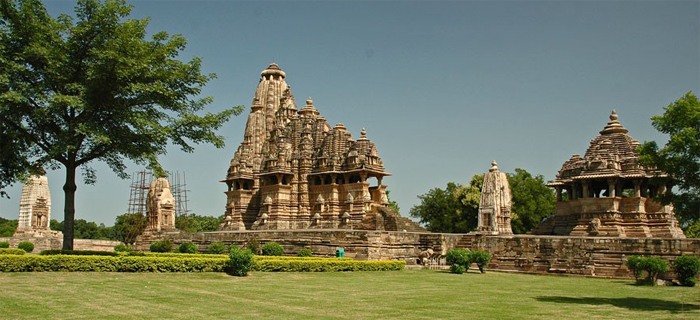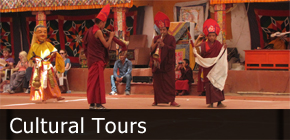India Travel Info
Geography
India is set apart from the rest of Asia by the Himalayas, the highest, youngest and still evolving mountain chain on the planet. The subcontinent as it is rightly called, touches three large water bodies and is immediately recognizable on any world map. This thick, roughly triangular peninsula defines the Bay of Bengal to the east, the Arabian sea to the west, and the India Ocean to the south.
North India is the country's largest region begins with Jammu and Kashmir, with terrain varying from arid mountains in the far north to the lake country and forests near Srinagar and Jammu. Moving south along the Indus river, the North becomes flatter and more hospitable, widening into the fertile plains of Punjab to the west and the Himalayan foothills of Uttar Pradesh and the Ganges river valley to the East. Cramped between these two states is the capital city, Delhi.
The states of Gujarat, Maharashtra, Goa, and part of the massive, central state of Madhya Pradesh constitute West India. Extending from the Gujarat peninsula down to Goa, the west coast is lined with some of India's best beaches. The land along the coast is typically lush with rainforests. The Western Ghats separate the verdant coast from the Vindya Mountains and the dry Deccan plateau further inland.
India is the home of the sacred River Ganges and the majority of Himalayan foothills, East India begins with the states of Madhya Pradesh, Bihar, Orissa, which comprise the westernmost part of the region. East India also contains an area known as the eastern triangle, which is entirely distinct. This is the last gulp of land that extends beyond Bangladesh, culminating in the Naga Hills along the Burmese border.
India reaches its peninsular tip with South India, which begins with the Deccan in the north and ends with Cape Comorin. The states in South India are Karnataka, Andhra Pradesh, Tamil Nadu, and Kerala, a favourite leisure destination. The southeast coast, mirroring the west, also rests snugly beneath a mountain range---the Eastern Ghats.
Cuisin
The Indian cuisine boasts of an immense variety not restricted to only curry. An authentic Indian curry is an intricate combination of a stir-fried Masala - a mixture of onion, garlic, ginger, and tomatoes; various spices and seasonings with which meat; poultry, vegetables or fish is prepared to produce a stew-type dish. Note: the word Masala means spice.
In Indian cuisine, food is categorized into six tastes - sweet, sour, salty, spicy, bitter and astringent. A well-balanced Indian meal contains all six tastes, not always can this be accomplished. This principle explains the use of numerous spice combinations and depth of flavour in Indian recipes. Side dishes and condiments like chutneys, curries, daals and Indian pickles contribute to and add to the overall flavour and texture of a meal and provide balance needed.
Language
India is a land of a variety of linguistic communities, each of which share a common language and culture. Though there could be fifteen principal languages there are hundreds of thousands dialects that add to the vividness of the country.18 languages are officially recognized in India of which Sanskrit and Tamil share a long history of more than 5,000 and 3,000 years respectively. The population of people speaking each language varies drastically. For example Hindi has 250 million speakers, while Andamanese is spoken by relatively fewer people.
Indo-European languages dominate the northern and central India while in south India; mainly languages of Dravidian origin are spoken. In eastern India languages of Mon-Khmer group is popular. Sino Tibetan languages are spoken in the northern Himalayas and close to Burmese border. In terms of percentage, 75% of Indian population speaks languages of Indo-European family, 23% speak languages of Dravidian origin and about 2% of the population speaks Mon-Khmer languages and Sino-Tibetan languages.
Communication
The Indian telecommunications Network is the fifth largest in the world and is the second largest among the emerging economies of Asia. Today it is the fastest growing market in the world. Private operators have made mobile telephony the fastest growing (over 164% p.a.) in India.



